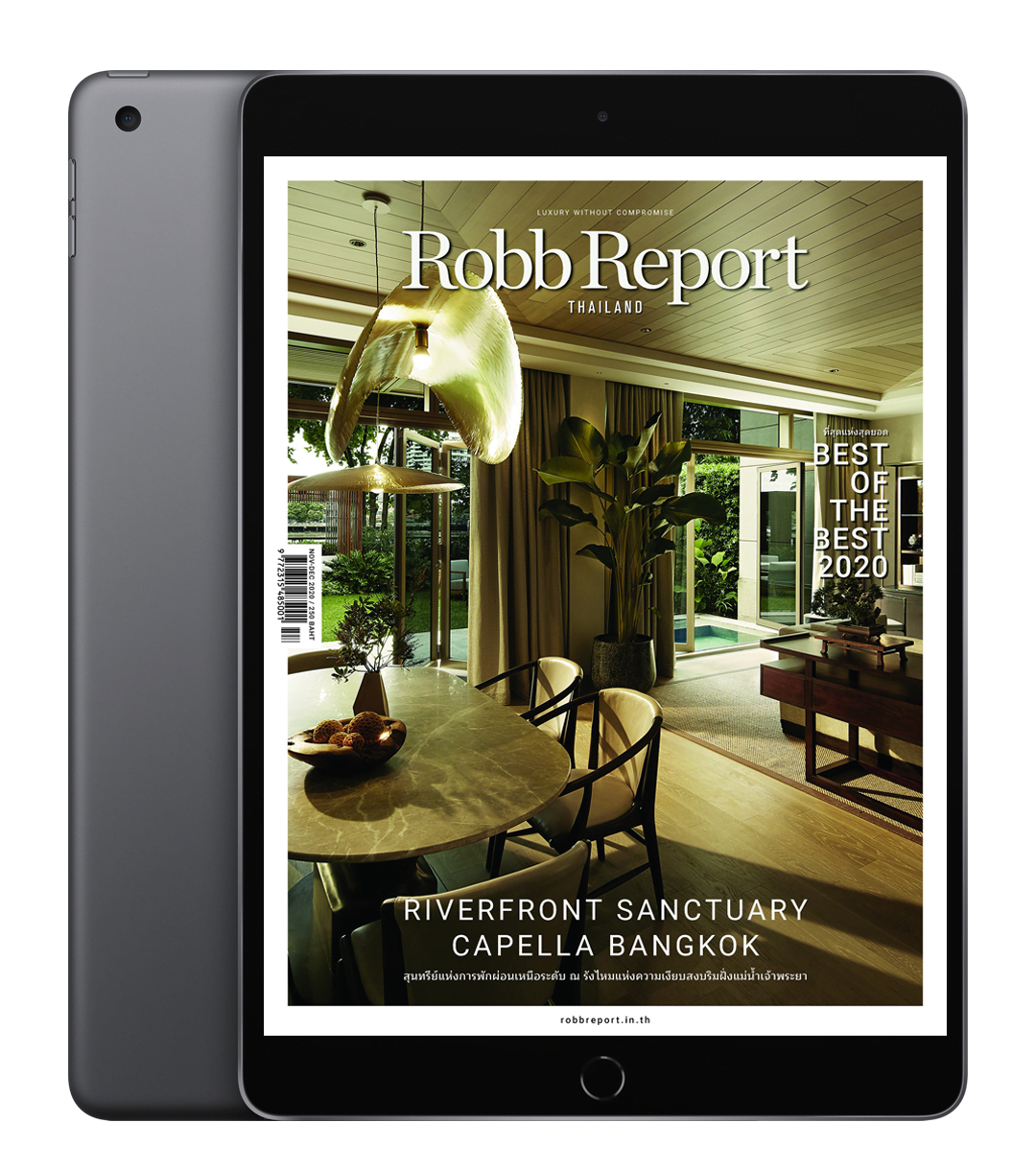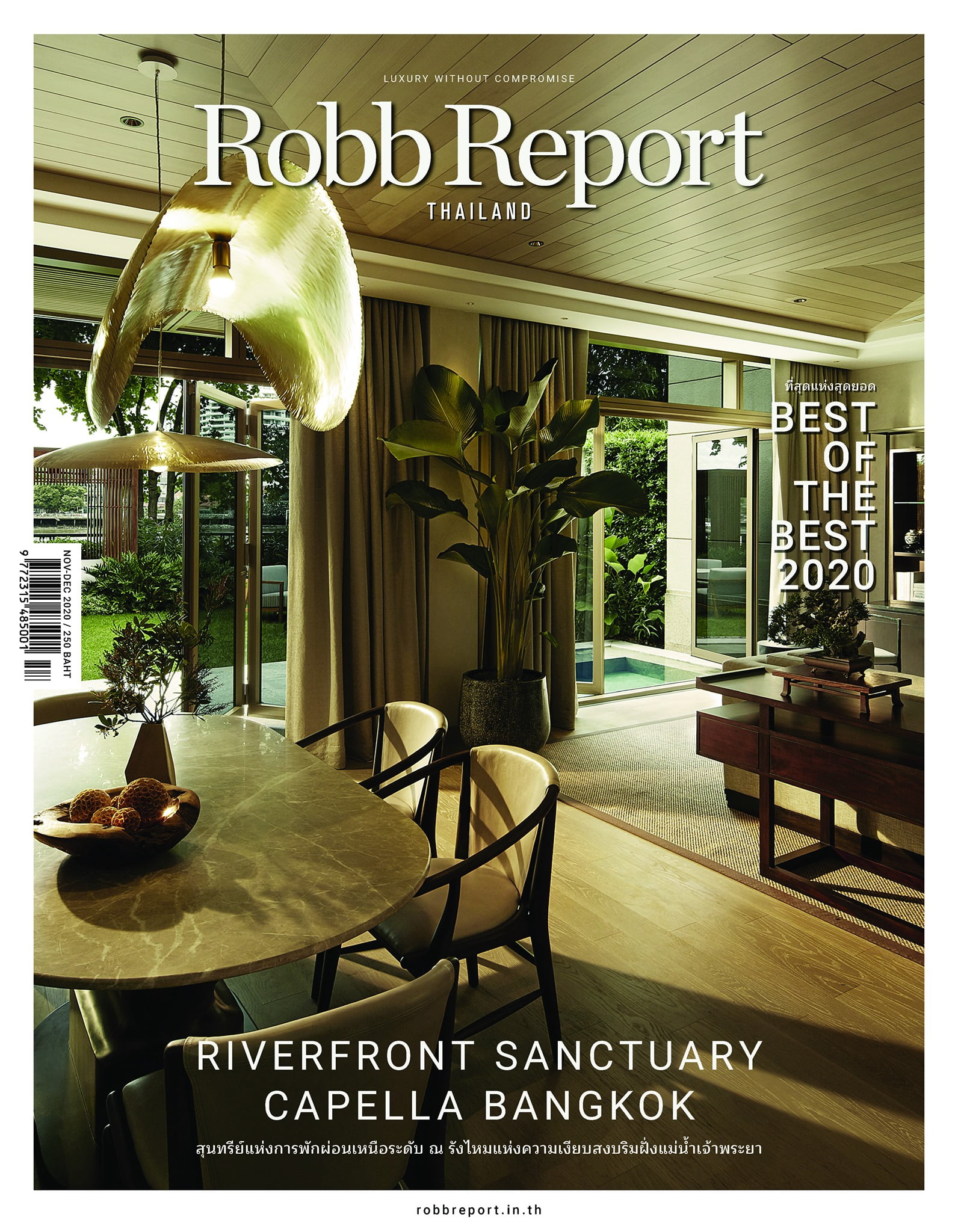Sailing expeditions through indonesia
 I am standing on the edge of Batu Tara, an isolated volcano that rises straight out of the Flores Sea in Indonesia’s Lesser Sunda Islands, when I feel the first rumble. “Scott!" a voice cries out behind me. “Get on the boat!"
I am standing on the edge of Batu Tara, an isolated volcano that rises straight out of the Flores Sea in Indonesia’s Lesser Sunda Islands, when I feel the first rumble. “Scott!" a voice cries out behind me. “Get on the boat!"
Thirty metres offshore, Patti Seery – my guide and the owner of the Indonesia-based sailing company Silolona Sojourns – is frantically waving me back aboard a tender to return to our yacht, Si Datu Bua. I dive into the water as boulders and molten lava cascade down Batu Tara’s slope, narrowly missing me before sizzling into the sea. Just as I reach the yacht, another explosion sends a trio of rocks – each nearly the size of a Volkswagen Beetle – soaring through the air. “Go, go, go!" Seery directs the captain once I am safely aboard. We speed away, leaving a huge cloud of ash and incandescent red rocks spewing into the air behind us. My heart is pounding not from fear but from exhilaration.
“Welcome to the Ring of Fire!" Seery says, as if reading my mind. “I told you there were a lot more exciting things than dragons waiting for you here." Indeed, a sail through Indonesia with Silolona Sojourns need never be short on thrills. The company’s two yachts – modern interpretations of the traditional phinisi sailing boats once used by spice traders in the region – are available for custom charters throughout Indonesia and further afield in the region. Voyages can be as leisurely or as adventurous as one desires, though the chance to kayak through aquatic jungles, scuba dive along coral reefs alive with seahorses and cuttlefish, and island-hop to pristine beaches and traditional villages tempts most passengers toward the latter.
One of the more popular, and notorious, adventures is a visit to see the Komodo monitors, the dragons to which Seery refers, found some 480km west of Batu Tara. It was on the island of Komodo where I first met Seery eight years ago. The US expat had been plying Indonesia’s waters since the launch of her first yacht, Silolona, in 2004. I joined her for a sailing expedition that would start with a trip to see some of the roughly 2,500 dragons living on Komodo and its neighbouring isles. The world’s largest lizard, the Komodo dragon can reach up to three metres long and weigh as much as 136kg.
On my encounter with the dragons in 2007, they slithered freely among the tourists at Komodo National Park. They appeared docile while sunning themselves on the pink-sand beach, and I was tempted to touch the leathery skin of a particularly lazy specimen. Wisdom imparted by a park ranger, however, nudged my hands into my pockets: Komodo dragons can run faster than 22km/hr, can smell blood from nearly 10km away and carry more than 50 strains of deadly bacteria in their bite.
This time, I am on a four-day trip to the Alor, Flores and Lembata islands. We settle in for a 13-hour sail to the island of Lembata. As I scrub the volcanic ash off my arms and face in my stateroom, however, I sense no threat of cabin fever on Si Datu Bua. Seery enlisted a small army of Sulawesi boatbuilders to handcraft every inch of the 40m vessel, from the ironwood panelling sourced from the jungles of Borneo to the bright-red sails. Launched in 2012, the ship includes three suites, a lounge and a dining room, all adorned with Indonesian textiles and artifacts that Seery — a former art historian for the Smithsonian Institution in the US — has collected from around the country.
We arrive at sunrise the next morning on the rocky coast of Lembata, where the village of Lamalera appears frozen in time. We disembark to be greeted by a group of villagers. The last legal subsistence whale hunters in the country, these men, with their sun-wrinkled faces and thin, muscular arms, employ the same methods their ancestors used some 600 years ago. All around them is evidence of their life’s work: whale teeth, bottles filled with whale oil, and blubber stretched across colourful sarongs.
 Noticing my interest in the collection, a village elder implores me to sample his oil. The liquid, the drippings from a sperm whale’s heart, is good for my health and will make me strong, he says. I comply, using a whale’s tooth as a shot glass. The fishy odour overwhelms my senses and as the liquid passes my lips, I gag – much to my host’s delight. I join a group of villagers who are preparing for the day’s hunt. Similar to phinisi boats, the villagers’ watercraft are made of wood, but look more like outrigger canoes than mighty sailing ships and are topped with simple palm-leaf sails.
Noticing my interest in the collection, a village elder implores me to sample his oil. The liquid, the drippings from a sperm whale’s heart, is good for my health and will make me strong, he says. I comply, using a whale’s tooth as a shot glass. The fishy odour overwhelms my senses and as the liquid passes my lips, I gag – much to my host’s delight. I join a group of villagers who are preparing for the day’s hunt. Similar to phinisi boats, the villagers’ watercraft are made of wood, but look more like outrigger canoes than mighty sailing ships and are topped with simple palm-leaf sails.
I suspect that these small boats are the reason why so few whales are caught – an average of just six per season – which may explain why the government still allows the village to hunt. Whales migrate through the area only six months per year, so our outing today will be purely for practice. Still, the ceremony of the hunt is a powerful rite of its own, with rowers chanting as their oars cut through the waves. Suddenly, mimicking the moment of discovery, the men spring up as if on a diving board and leap into the water with their four-metre bamboo poles affixed with rusty harpoon heads at the ready. The hunt is a test of endurance as a whale may lead a six-hour chase. That night, I sit under a blanket of stars on the phinisi’s observation deck as we head to our final port of call, Maumere. I dig into an Indonesian-Dutch rice dish that is indigenous to the tiny islands just north of us and start planning with Seery my next adventure in the Ring of Fire.





















